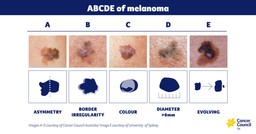Finding skin cancer early gives you the best chance of successful treatment.
It is important that you know your skin well so you can notice any changes early. It is recommended that you check all of your skin regularly and see your doctor as soon as possible if you notice any changes.
Skin cancer - what to look for?
The top layer of the skin contains three different types of cells: basal cells, squamous cells and melanocytes. The three most common skin cancer types are named after the type of skin cell in which the cancer develops.
There are three types of skin cancer:
- Basal cell carcinoma (BCC)
Basal cell carcinoma (BCC) is the most common type of skin cancer. It grows slowly over months and years and may damage nearby tissues and organs if left untreated. BCCs are commonly red or pearly in colour and may ulcerate and fail to heal. - Squamous cell carcinoma (SCC)
Squamous cell carcinoma (SCC) is less common but grows faster. It may spread to other parts of the body if left untreated. SCCs often appear as thickened scaly spots that might ulcerate, bleed and fail to heal. Basal cell carcinomas and squamous cell carcinomas are often grouped together and called non-melanoma skin cancers. - Melanoma
Melanoma is the least common, but most dangerous type of skin cancer. Most skin cancer deaths are from melanoma. It is often fast growing and can spread to other parts of the body where it can form a secondary cancer. Melanoma is typically uneven coloured spots with an irregular shape or border.
Different skin cancers behave differently, so when checking your skin, it is important to include your whole body. A squamous cell carcinoma is likely to develop on skin most often exposed to the sun, such as the face and forearms. A melanoma can develop anywhere, even on areas not exposed to sunlight.
Use the ABCDE of melanoma to examine your spots.
Finding skin cancer - how to check your skin.
Everyone can check their own skin. It helps to have someone assist you with those difficult-to-see places. If you have a partner or someone you feel comfortable with, ask them to help you.
With a bit of practice, most people can check their whole body in 15 minutes.
Why not check your skin when you are getting dressed or getting out of the shower?
When you examine your skin, you will need a full-length mirror and a hand-held mirror. You will need to undress completely. The room you use will need to be well lit.
There is no specific skin examination method; the following steps are suggested by the Australasian College of Dermatologists.
Become familiar with your skin and look for early signs of skin cancer or spots that have changed in size, shape or colour over time.
Check your face, head and neck.
- Check your whole face including around the nose, lips and ears.
- Look over your scalp closely.
- Use a hand-held mirror to check behind your ears, underneath your jaw and the back of your neck.
Check your torso—front, back and sides.
- Raise your arms and look at your right and left side.
- Turn your back to the full-length mirror to check the back of your shoulders, upper back, upper arms and lower back.
- Women need to check under their breasts.
Arms and hands
- Look at both your palm and back of your hands.
- Check between fingers and under your fingernails. If you usually wear nail polish, remove your nail polish and look for spots in your nail bed.
- Face a full-length mirror and look at your forearms and upper arms. Bend elbows to look at the undersides.
Legs, buttocks and feet
- Check the front and back of the thighs, lower legs and ankles.
- Use the full-length mirror to check your buttocks and genitals.
- Check the top of both of your feet, toes, toenails and spaces between the toes. Use a hand-held mirror to look at the sole or bottom of your foot. Sitting on a chair may make this easier.
What to do if you spot something.
If you see anything on your skin that has changed in size, shape or colour, that itches or bleeds, or that you do not think was there before, there are a number of things you can do.
- See your GP
Your GP knows your full history, and can examine your skin and advise you regarding appropriate care. It is also a good idea to talk to your doctor about your level of risk for skin cancer and for advice on early detection. - See a dermatologist
If you would like a second opinion, ask your GP to refer you to a dermatologist or surgeon with an interest in skin cancer. Your GP may suggest you see a specialist anyway. - Skin cancer clinics
Cancer Council SA does not endorse or operate skin clinics. We suggest you see your own doctor as they have your medical history and can offer
follow-up treatment. If you don’t have a regular doctor, make an appointment to see any doctor; they are trained to examine skin cancer.If you are using a skin clinic, ask about the expertise of staff, range of services and fee arrangements they provide.
Images of skin cancer
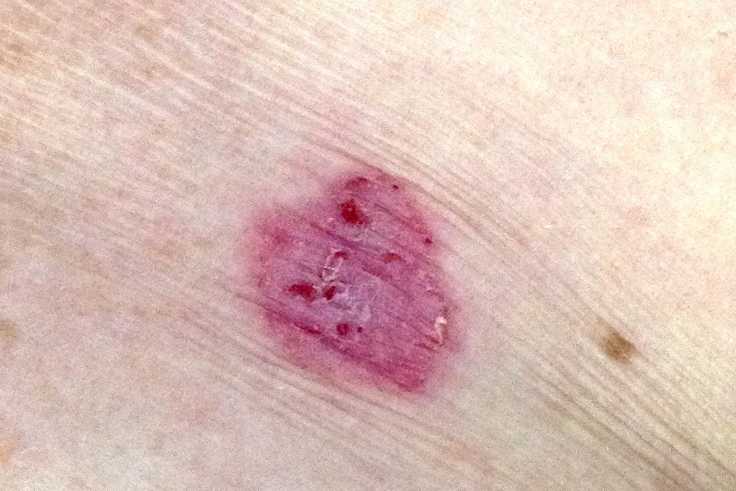
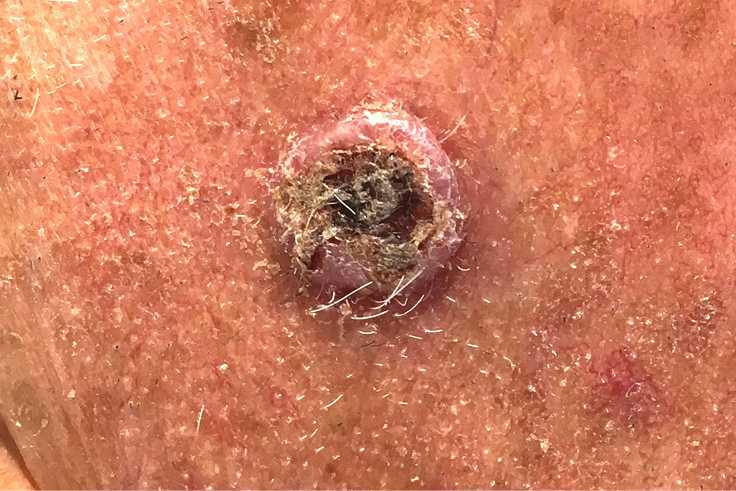
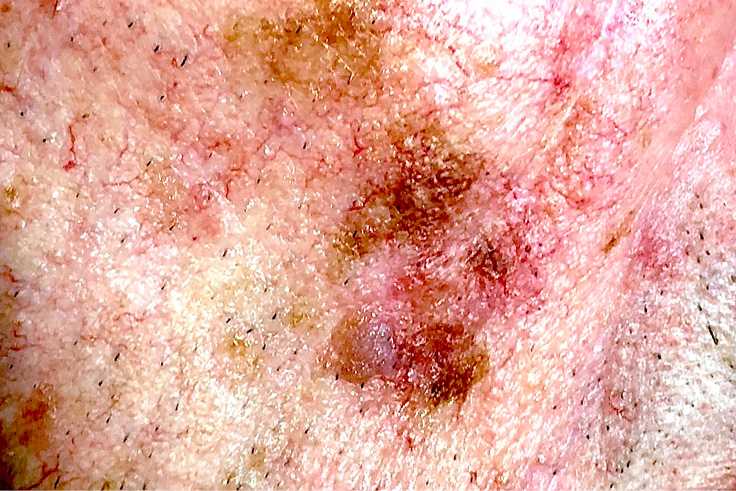
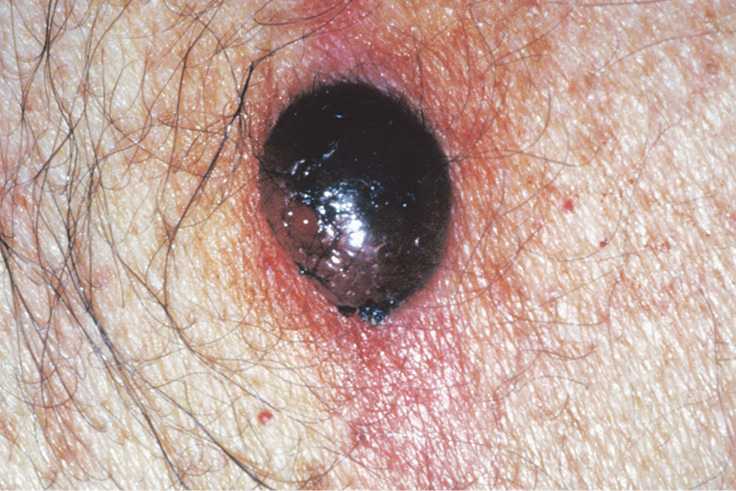
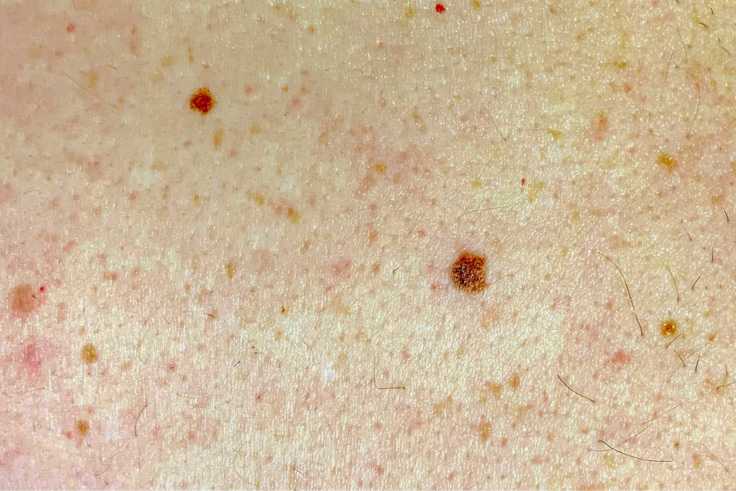
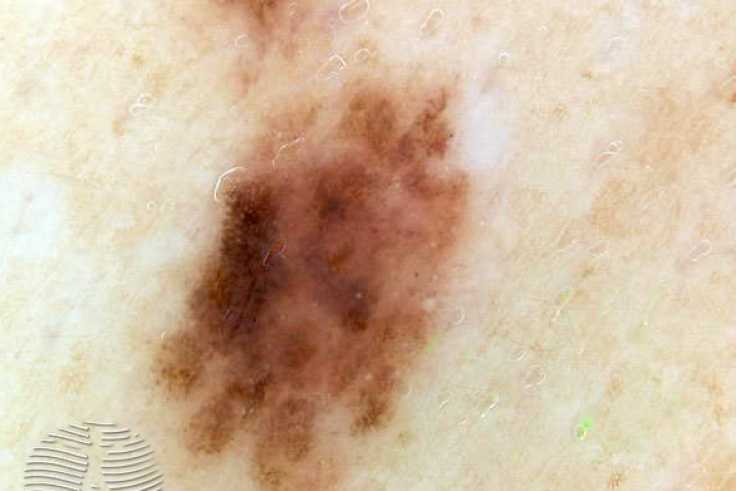
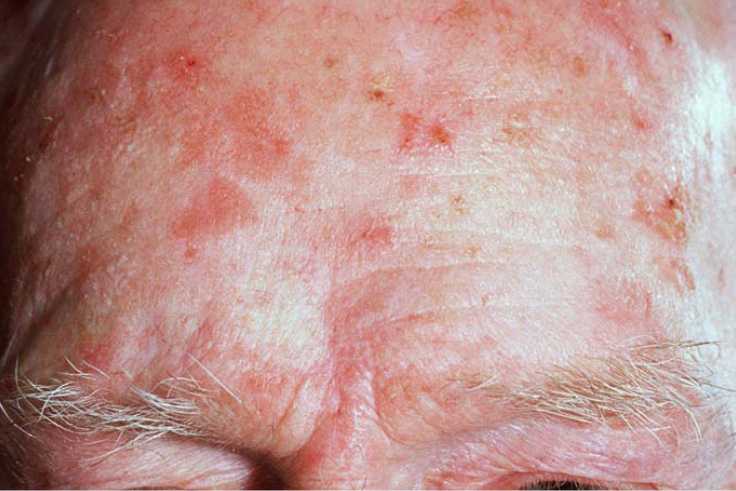
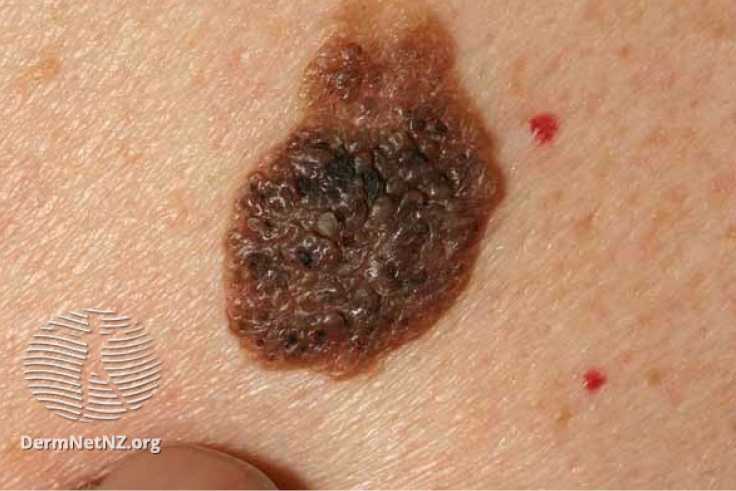
This webpage was last reviewed and updated in April 2021.
